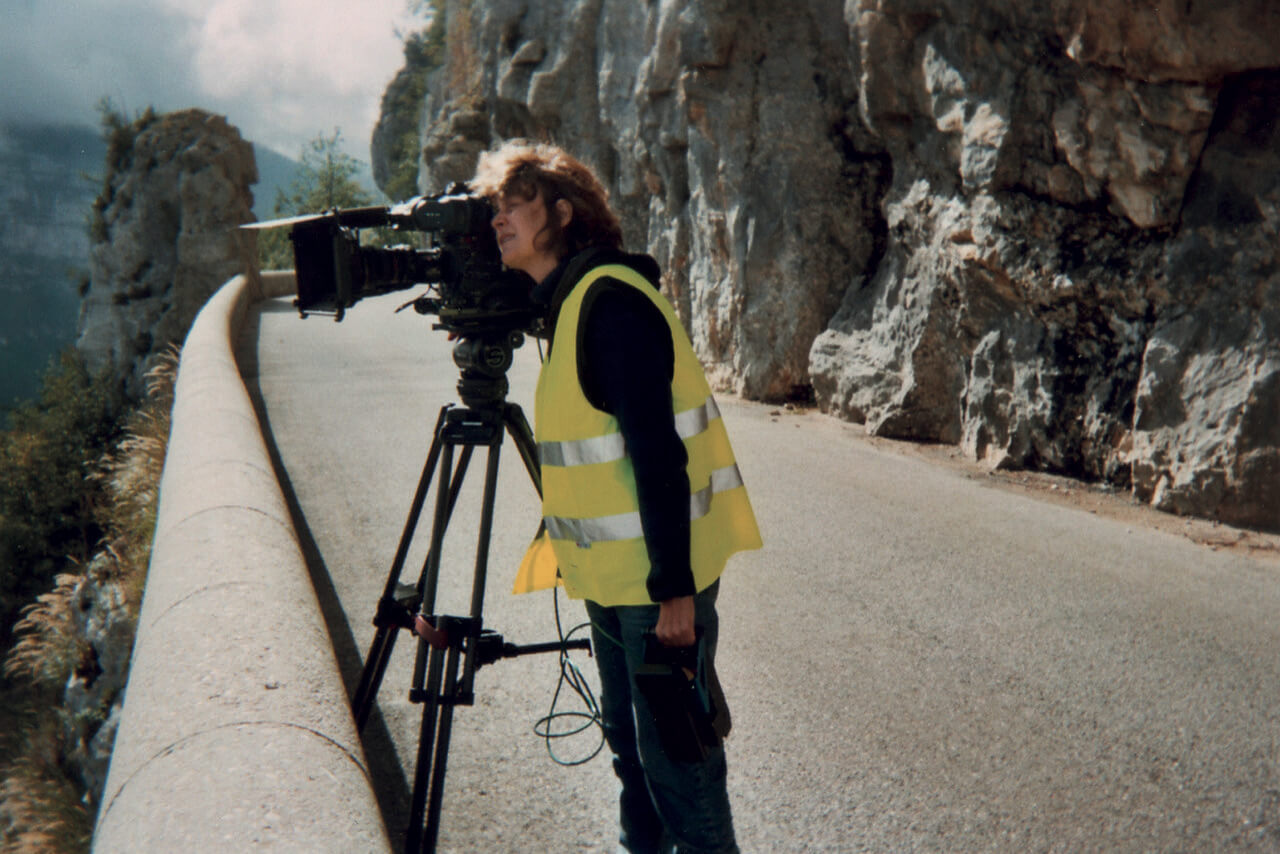Sophie Ristelhueber
One of the most important women artists of her generation, Sophie Ristelhueber (1949) is among those who, in the 1980s, broke the boundary that existed between photography and contemporary art by playing on the material and the format of the image, its status, its frame and its installation in the space.
In general, and as a sign of the pioneering nature of her practice, Ristelhueber has had a significant impact on the most important art historians and philosophers of the last fifty years: one finds her work in the Emancipated Spectator of Jacques Rancière, in numerous exhibitions and writings of Bruno Latour, and more generally in the great majority of books on photography in the second half of the twentieth century.
Her work is articulated around the territory and its history, through a singular approach ruins and traces left by Man in places devastated by war or by natural and cultural natural and cultural upheavals. Far from the classic photo-reportage, she focuses on the exposure of facts and the imprint of history, in bodies and in landscapes, by making visible wounds and scars, true memories of the “facts” of history. Her work has been presented in numerous international institutions, including MoMA (New York), Museum of Fine Arts (Boston, US), Tate Modern (London, UK), Imperial War Museum (London, UK), the biennials of Johannesburg, Sao Paulo, the Rencontres Photographiques Arles, and in Paris the MNAM Centre Pompidou, the Galerie Nationale du Jeu de Paume, etc.
It is part of the most prestigious collections, among which the MoMA (New York, US), the Victoria and Albert Museum (London, UK), the MNAM Centre Pompidou (Paris, FR) or the National Gallery of Canada (Ottawa, CA).
→ More

